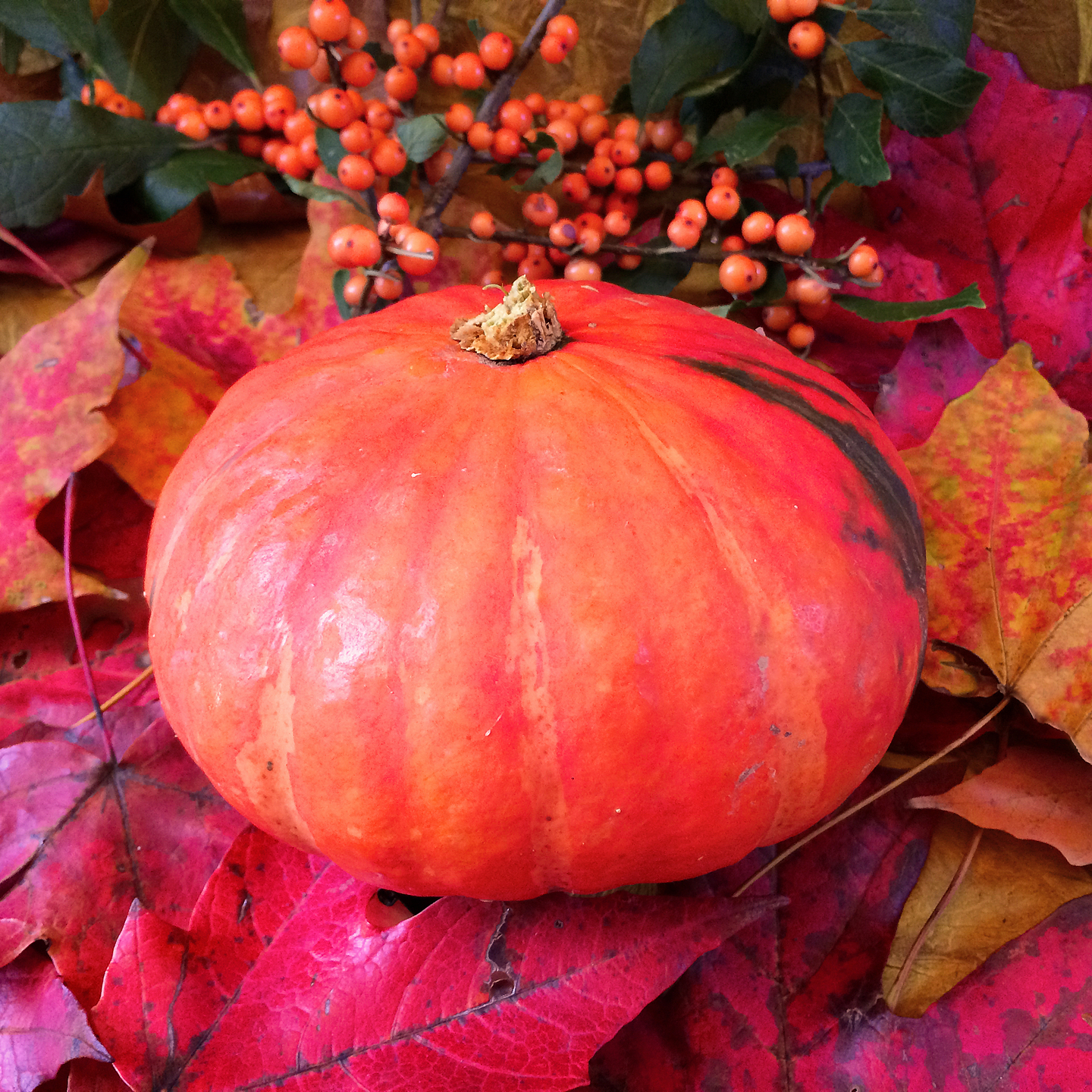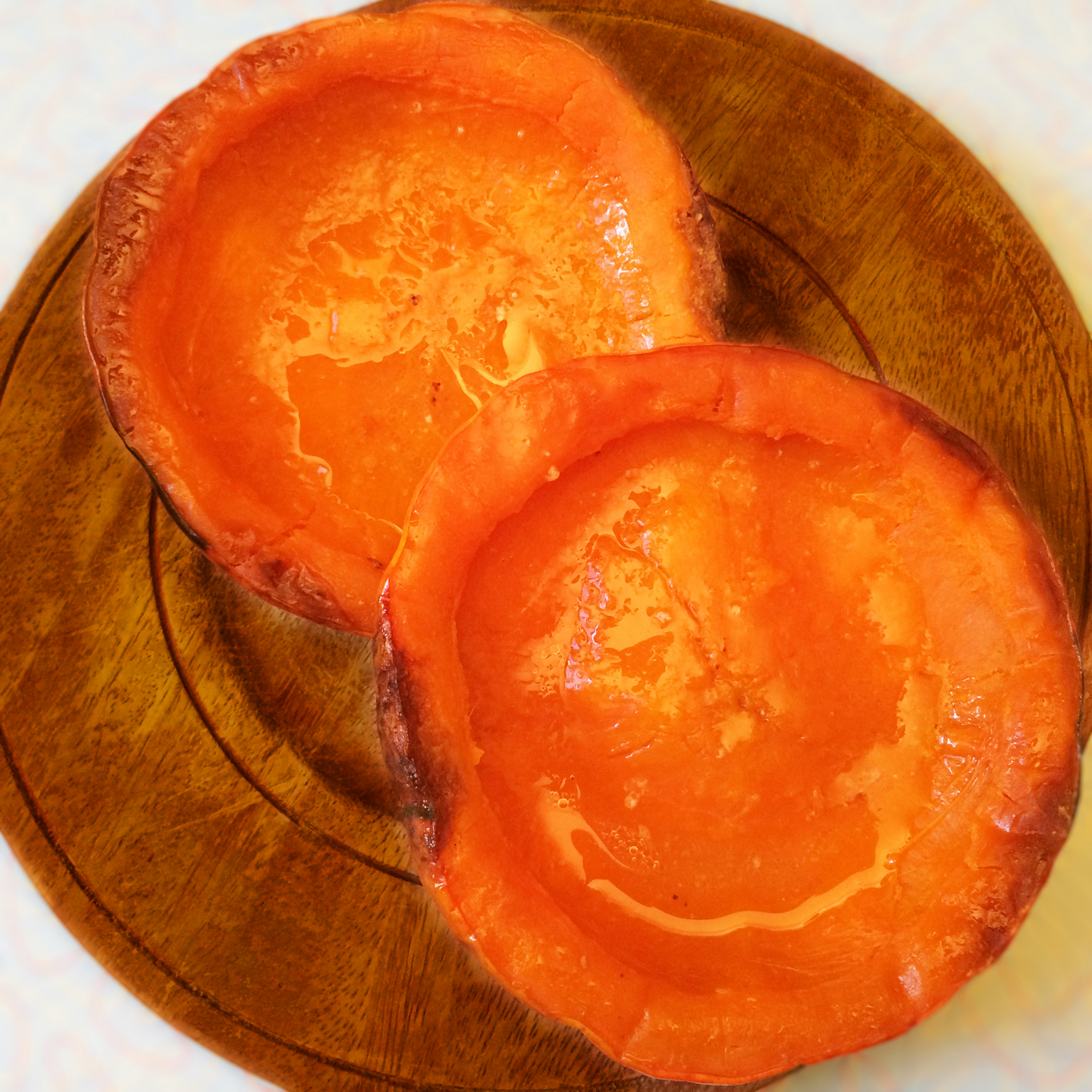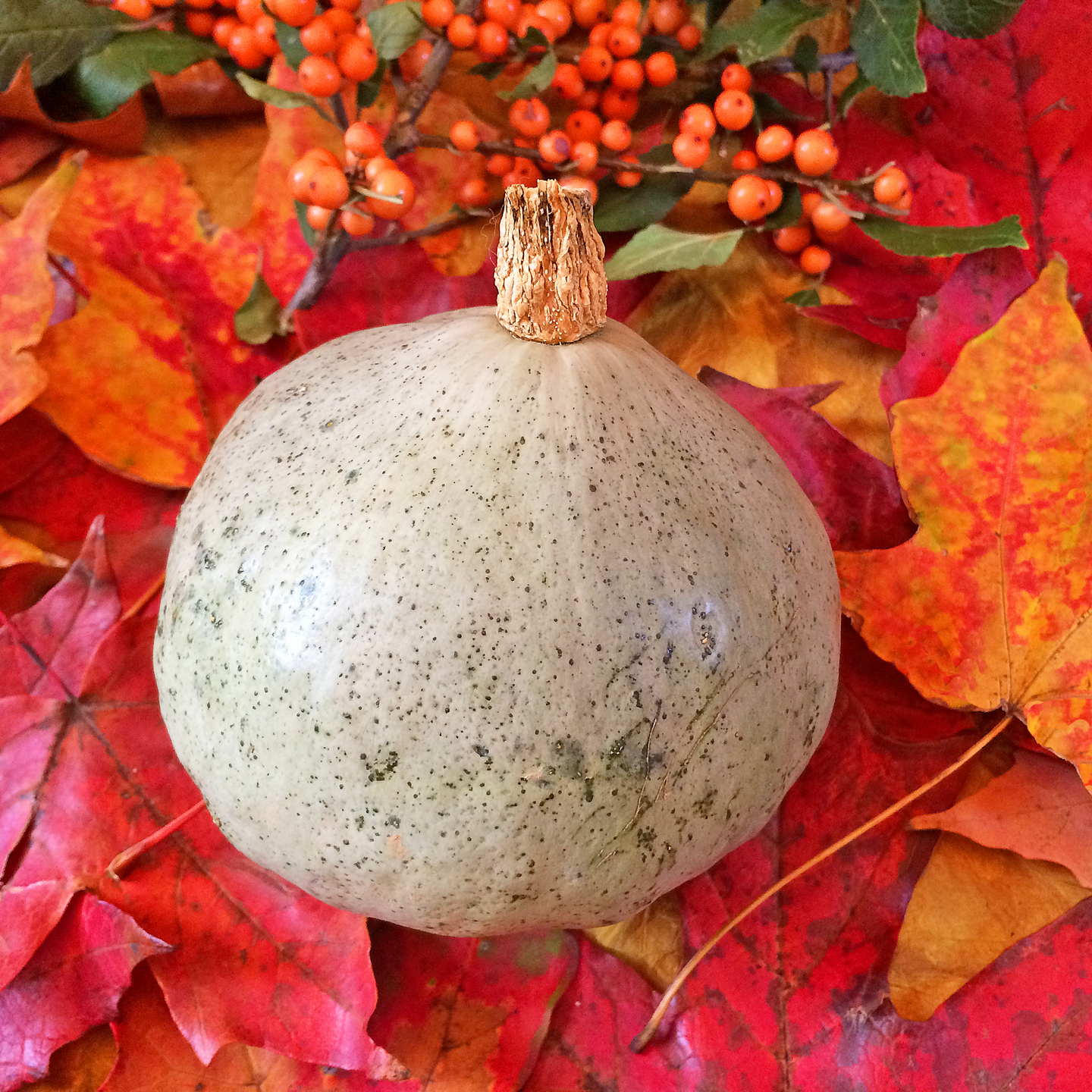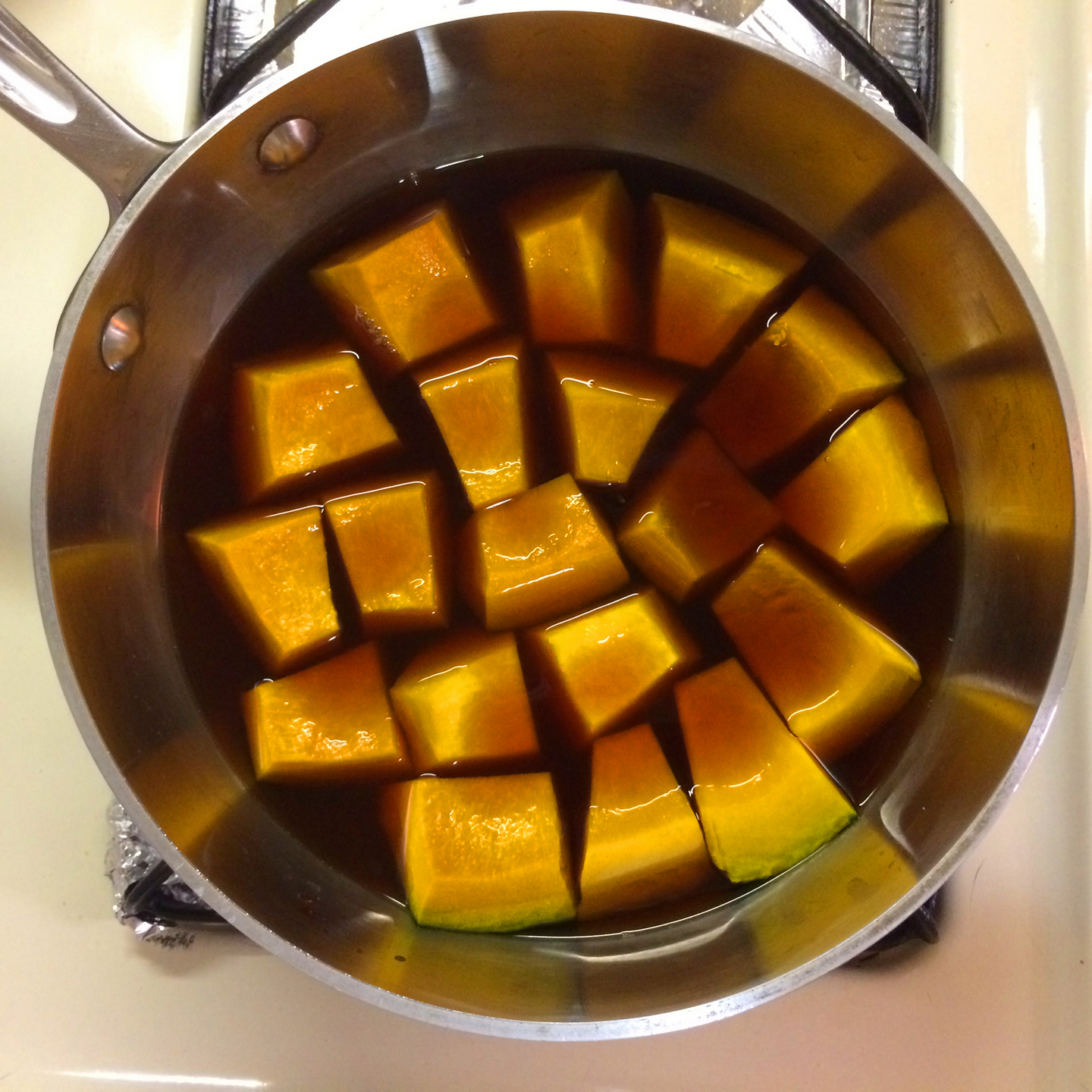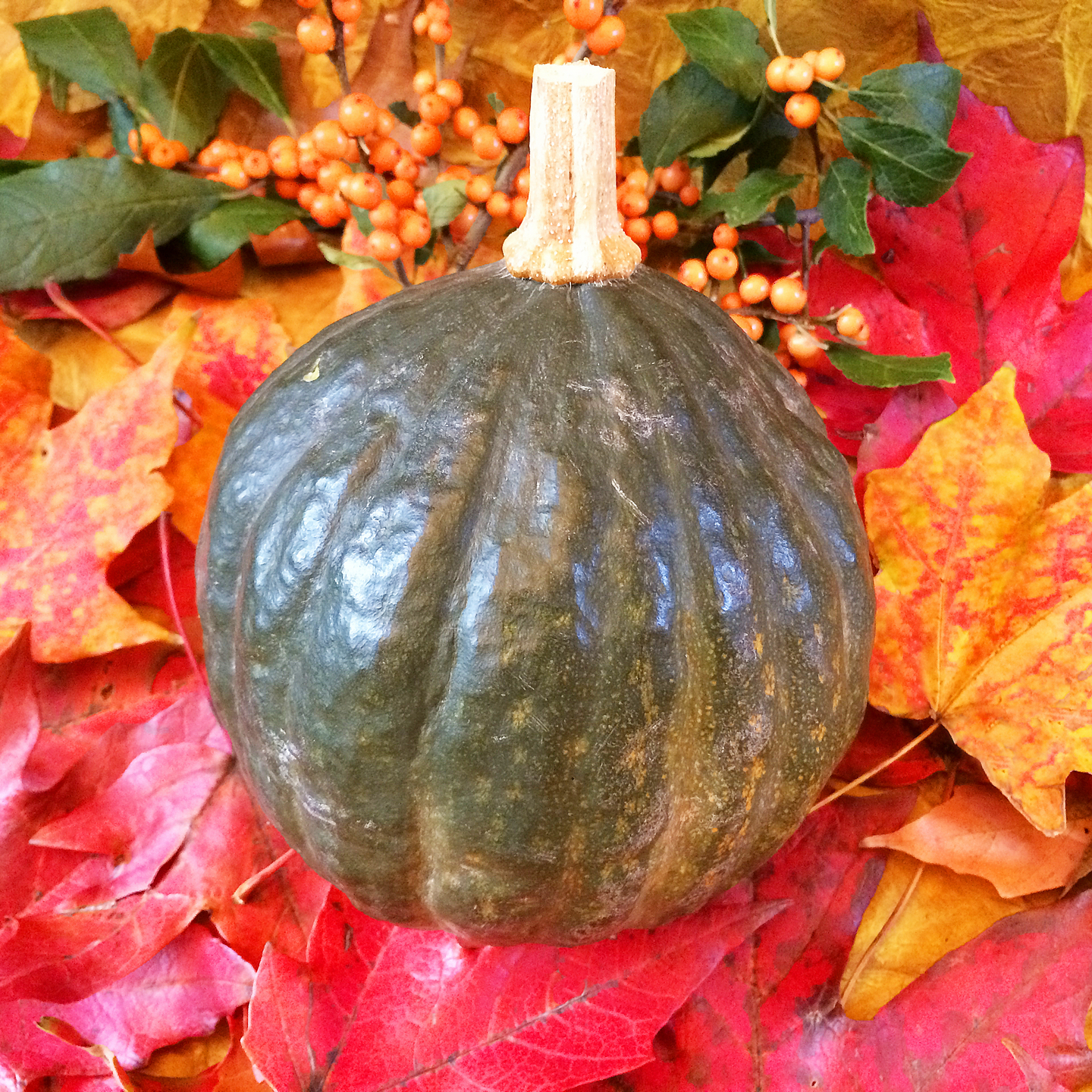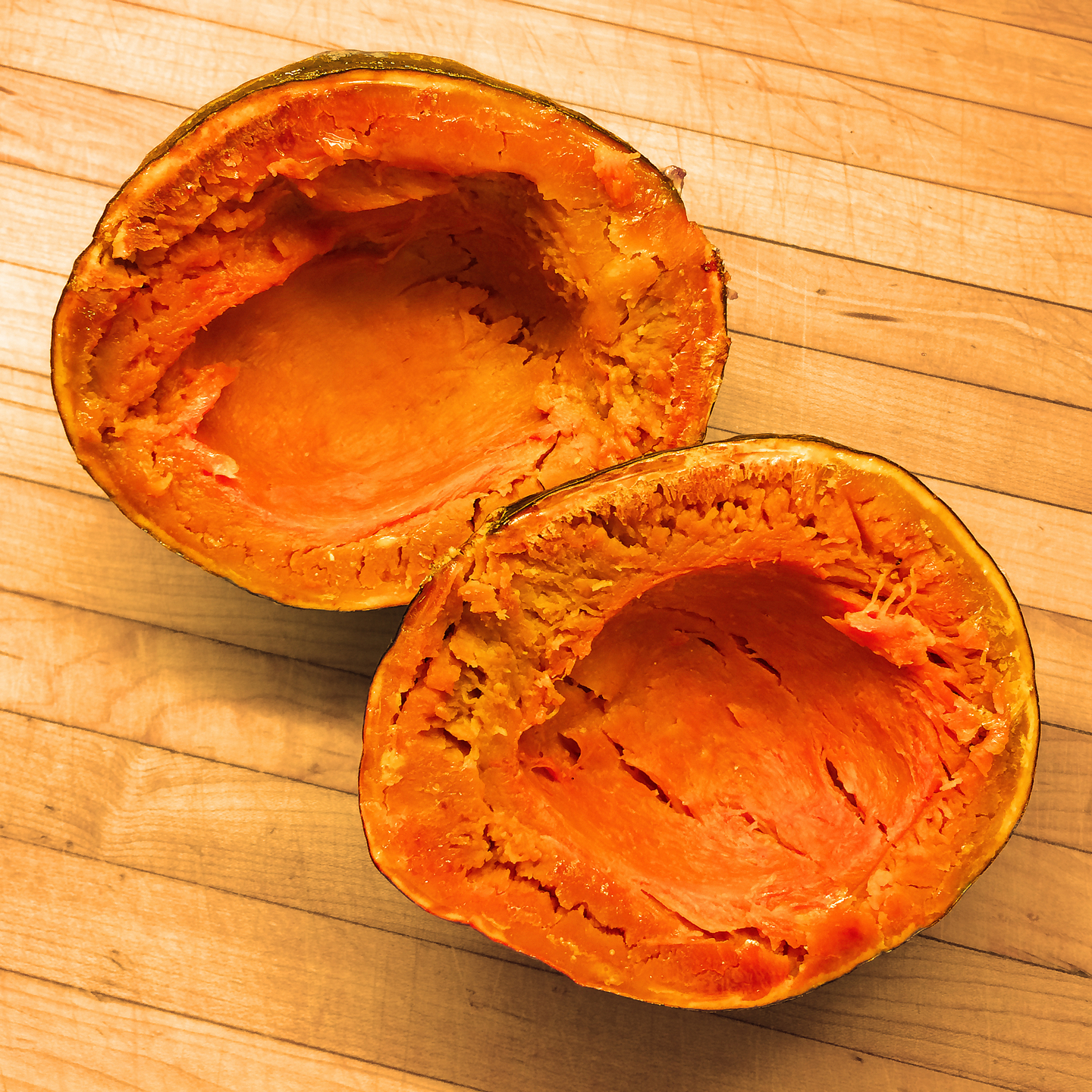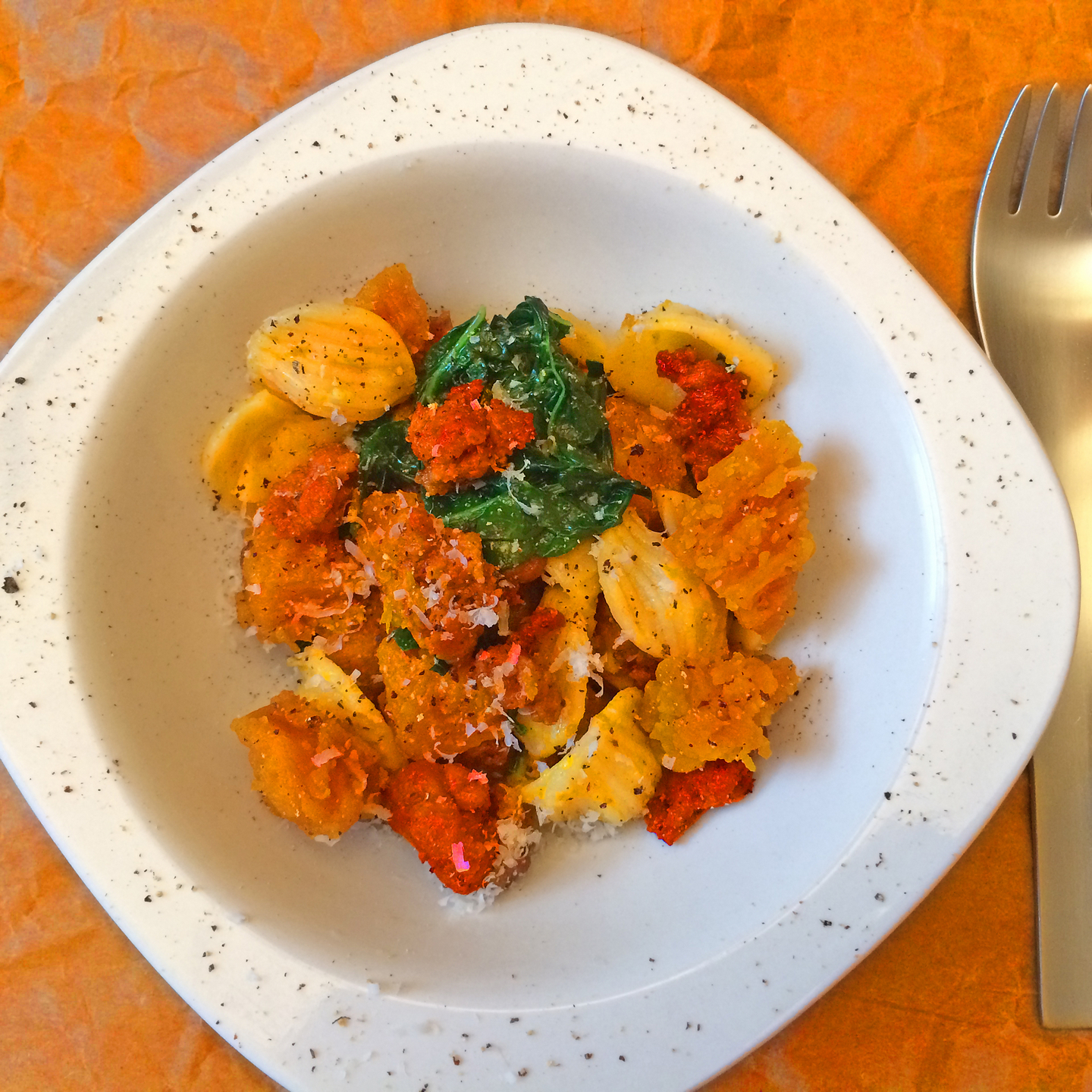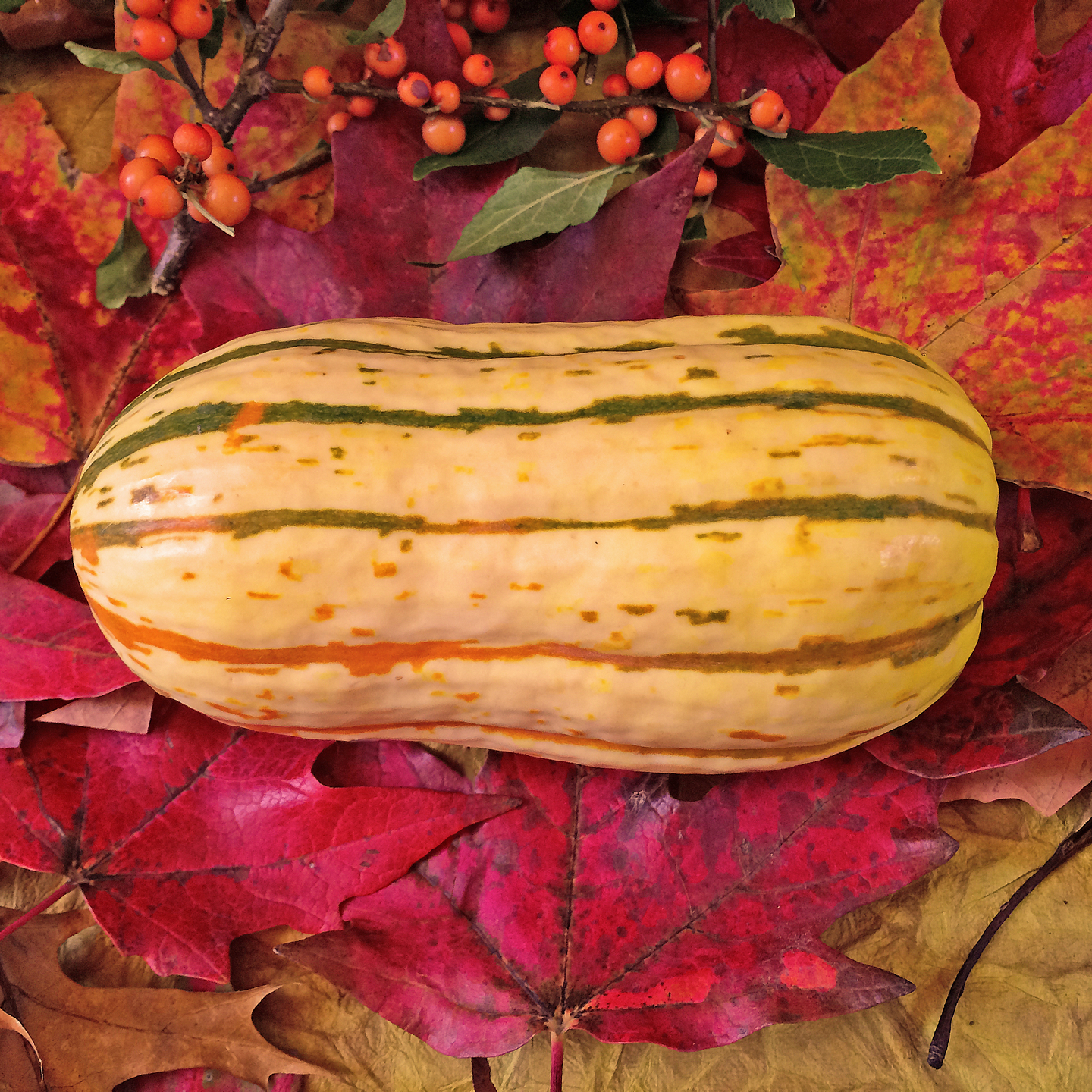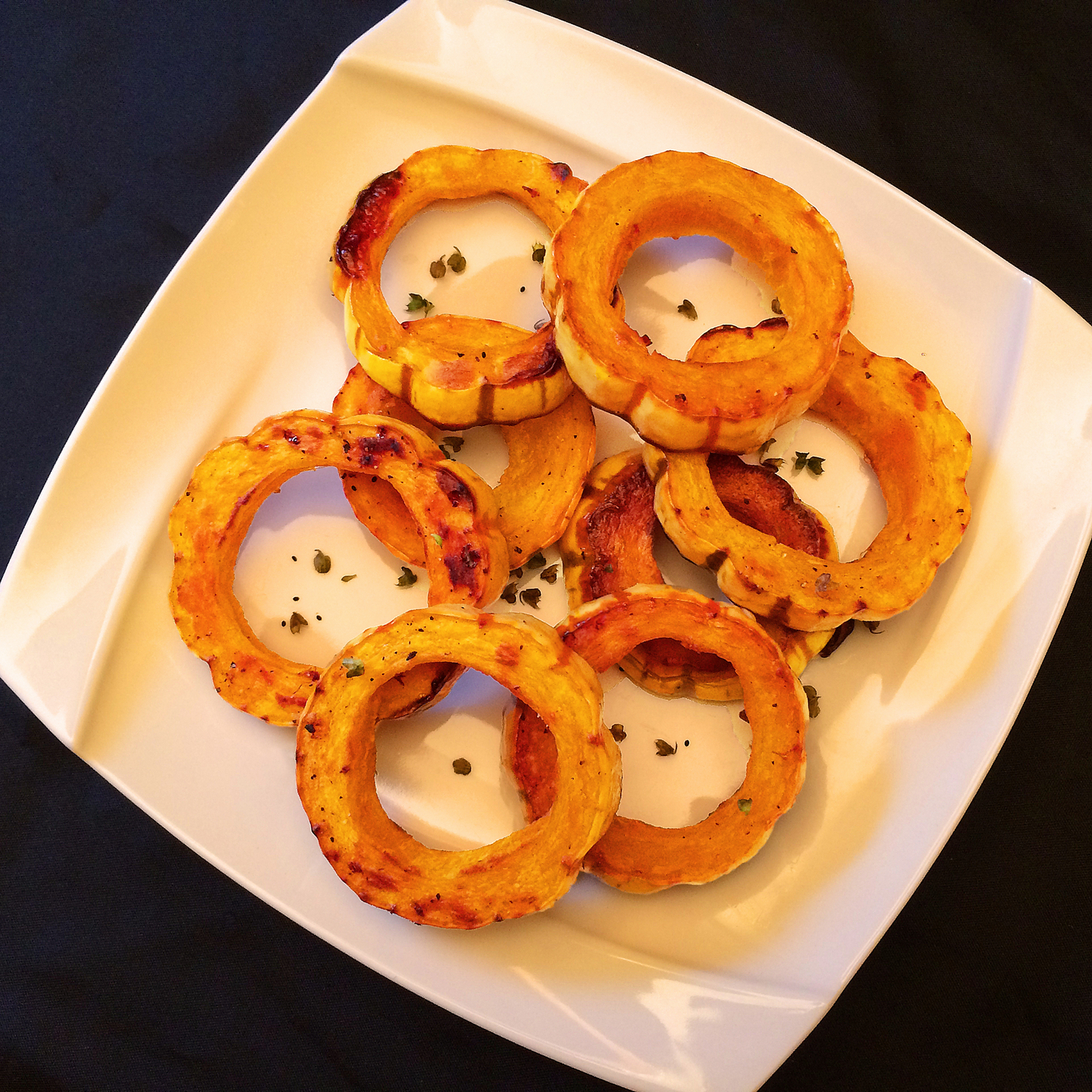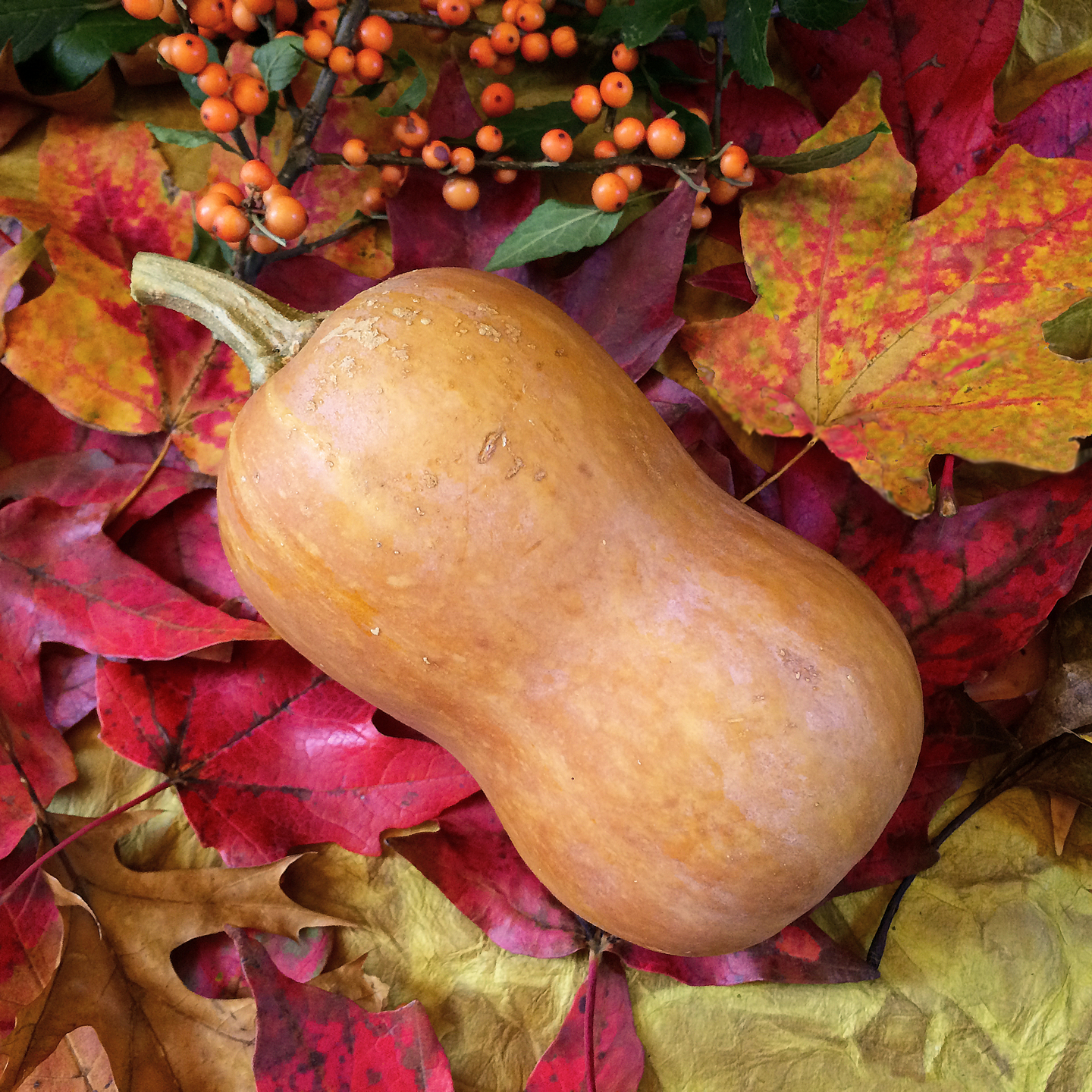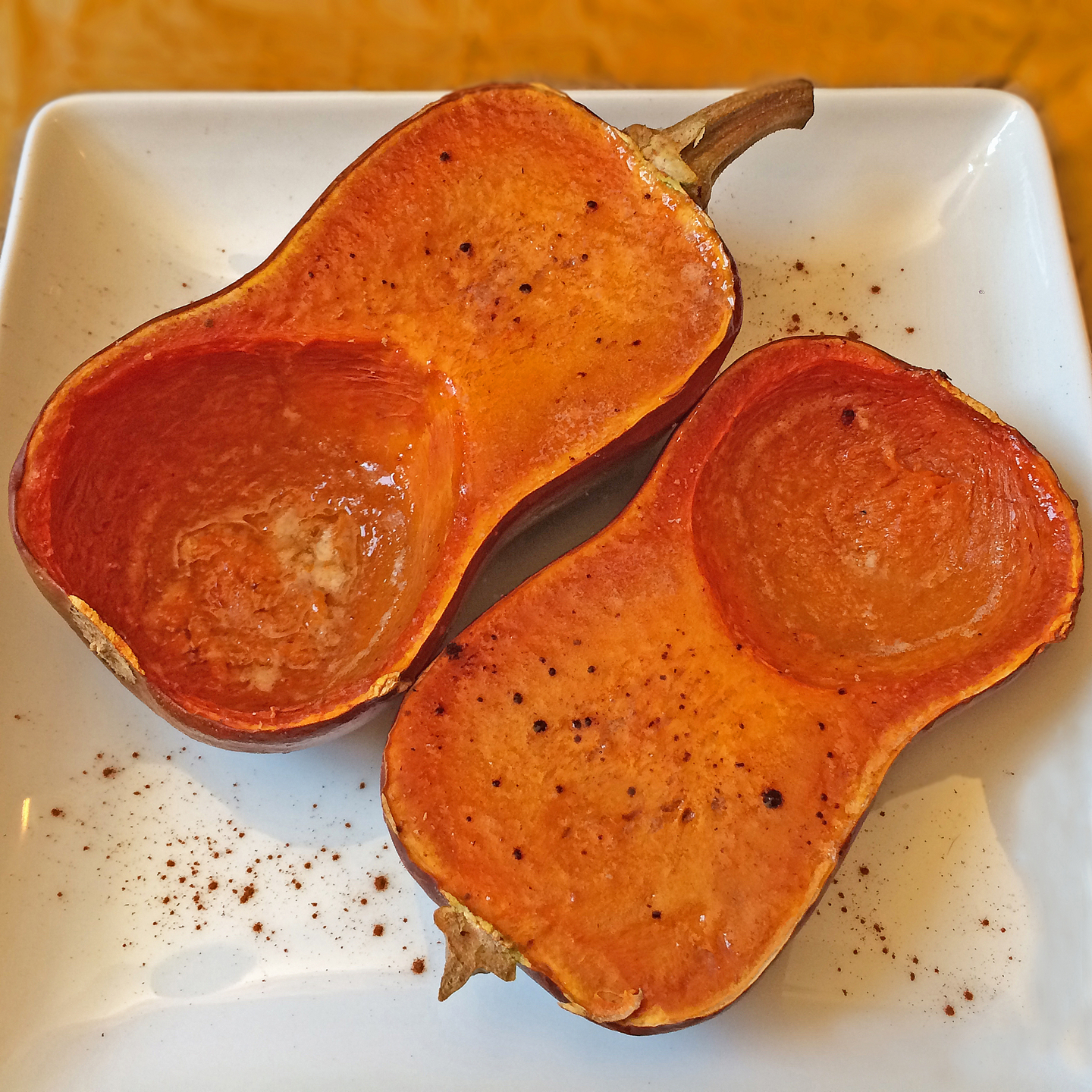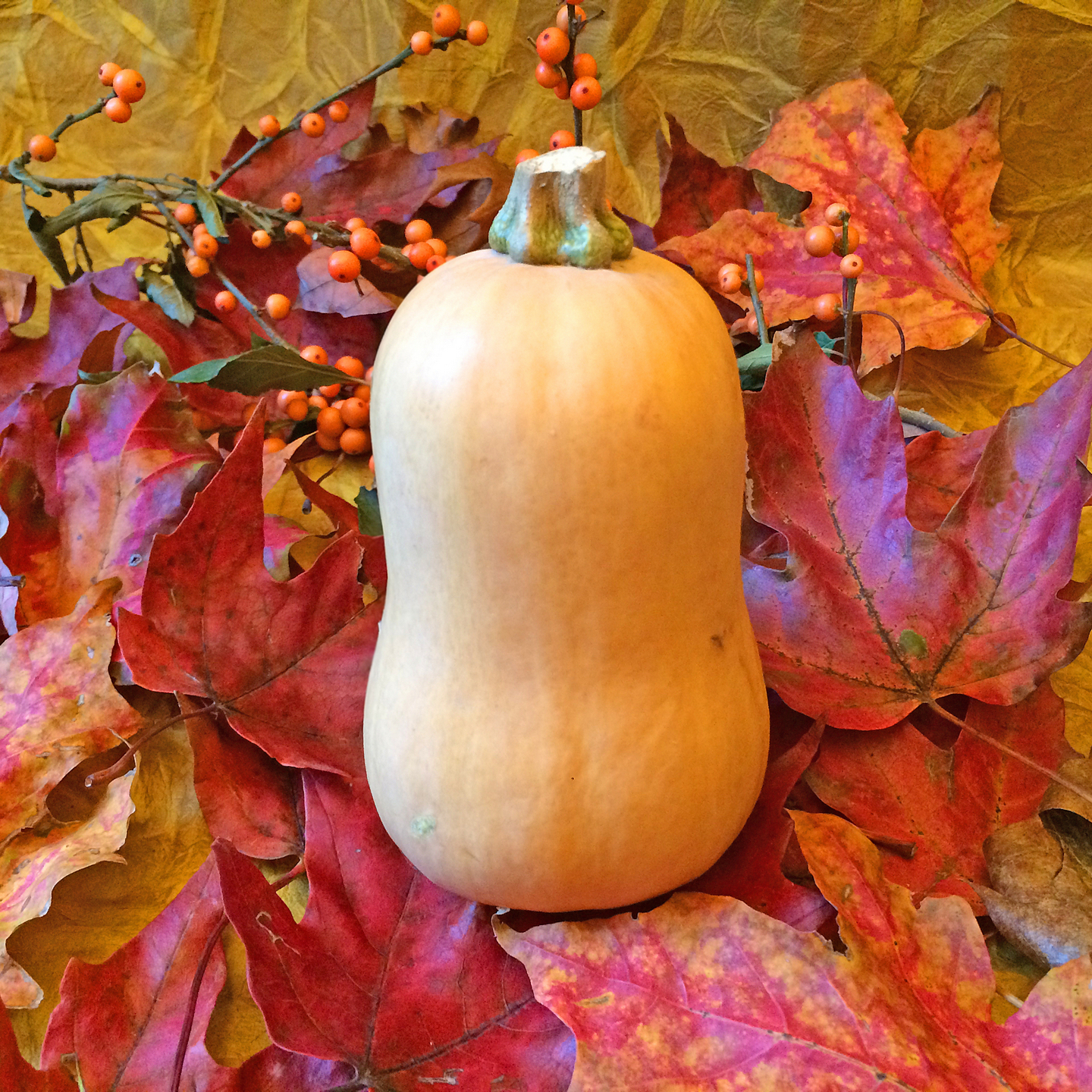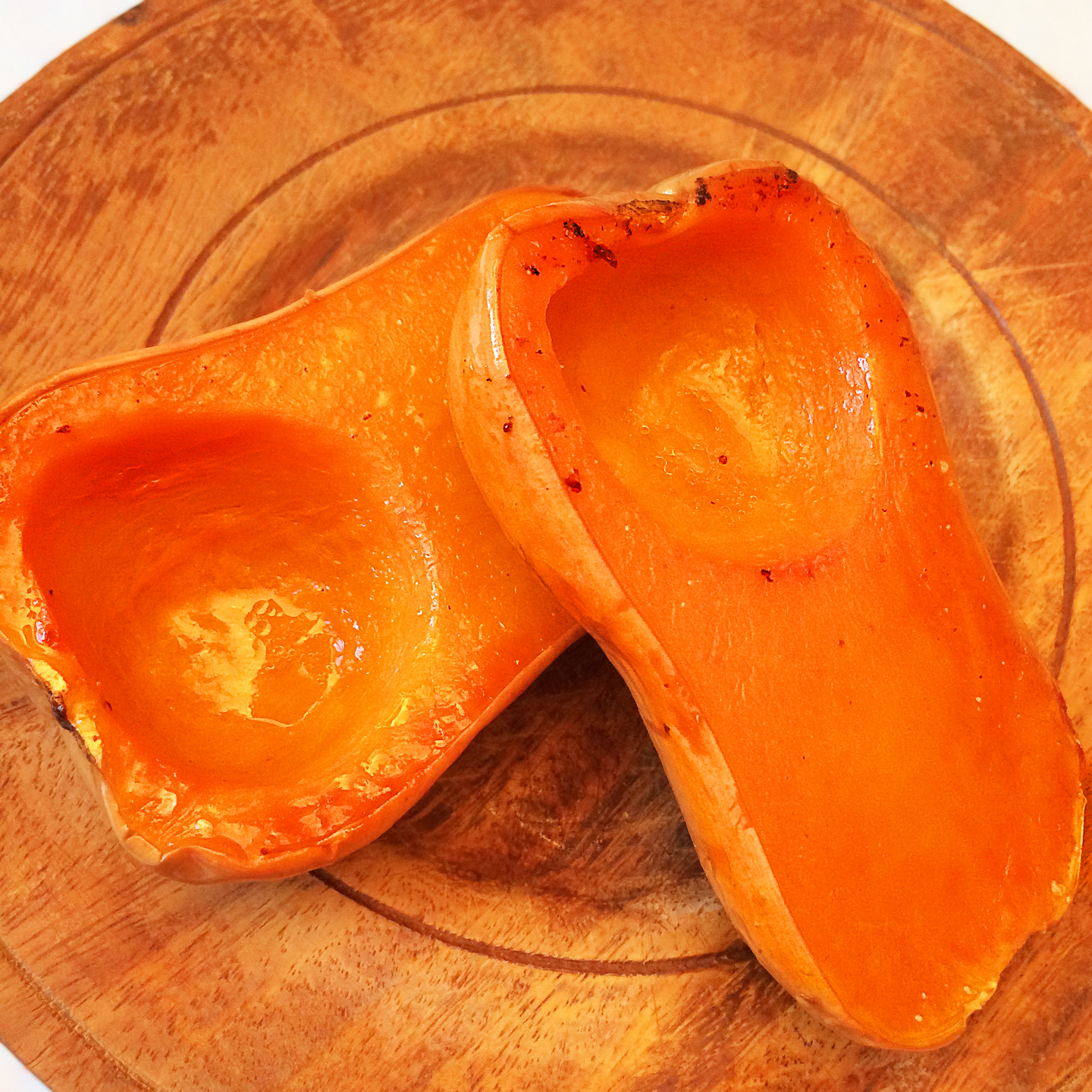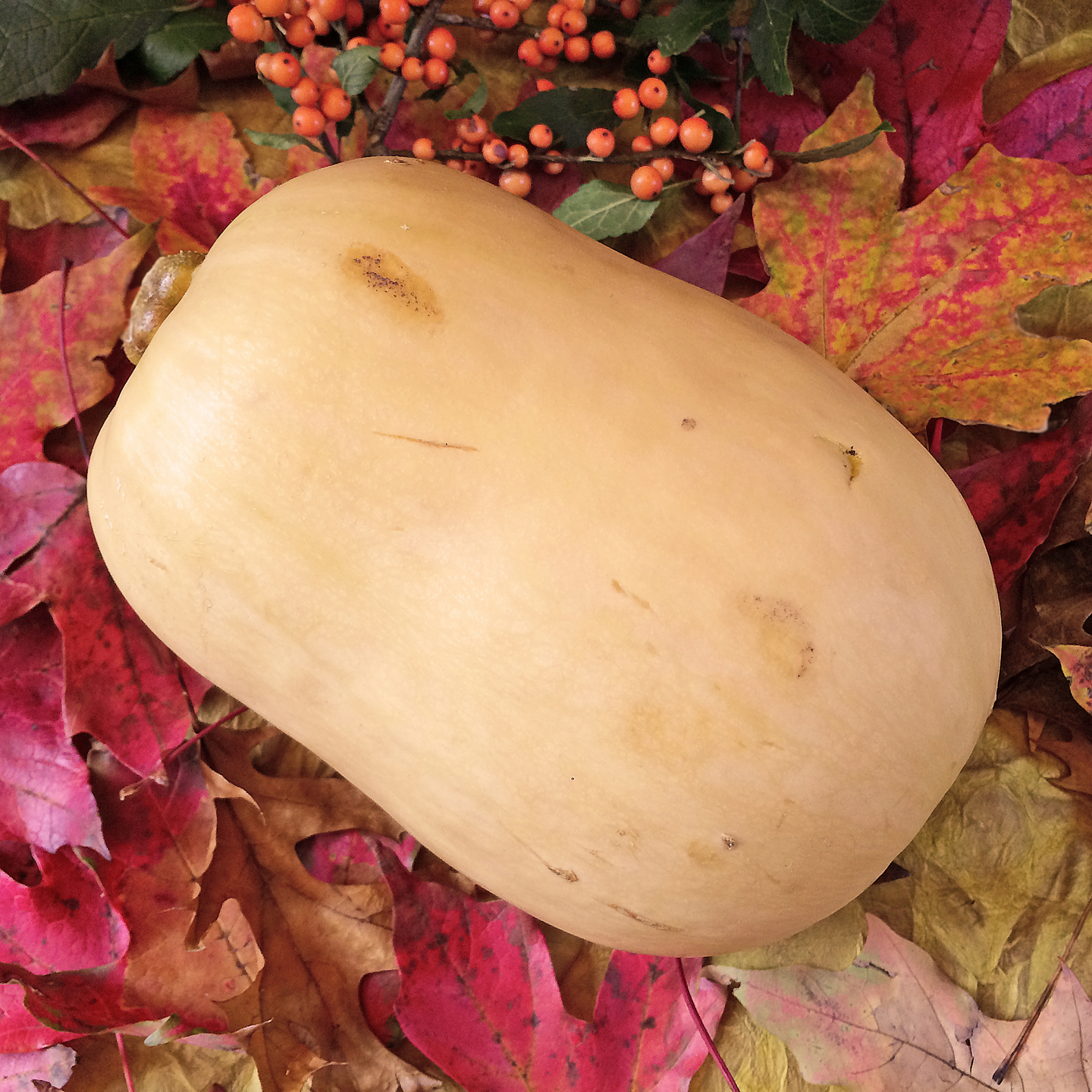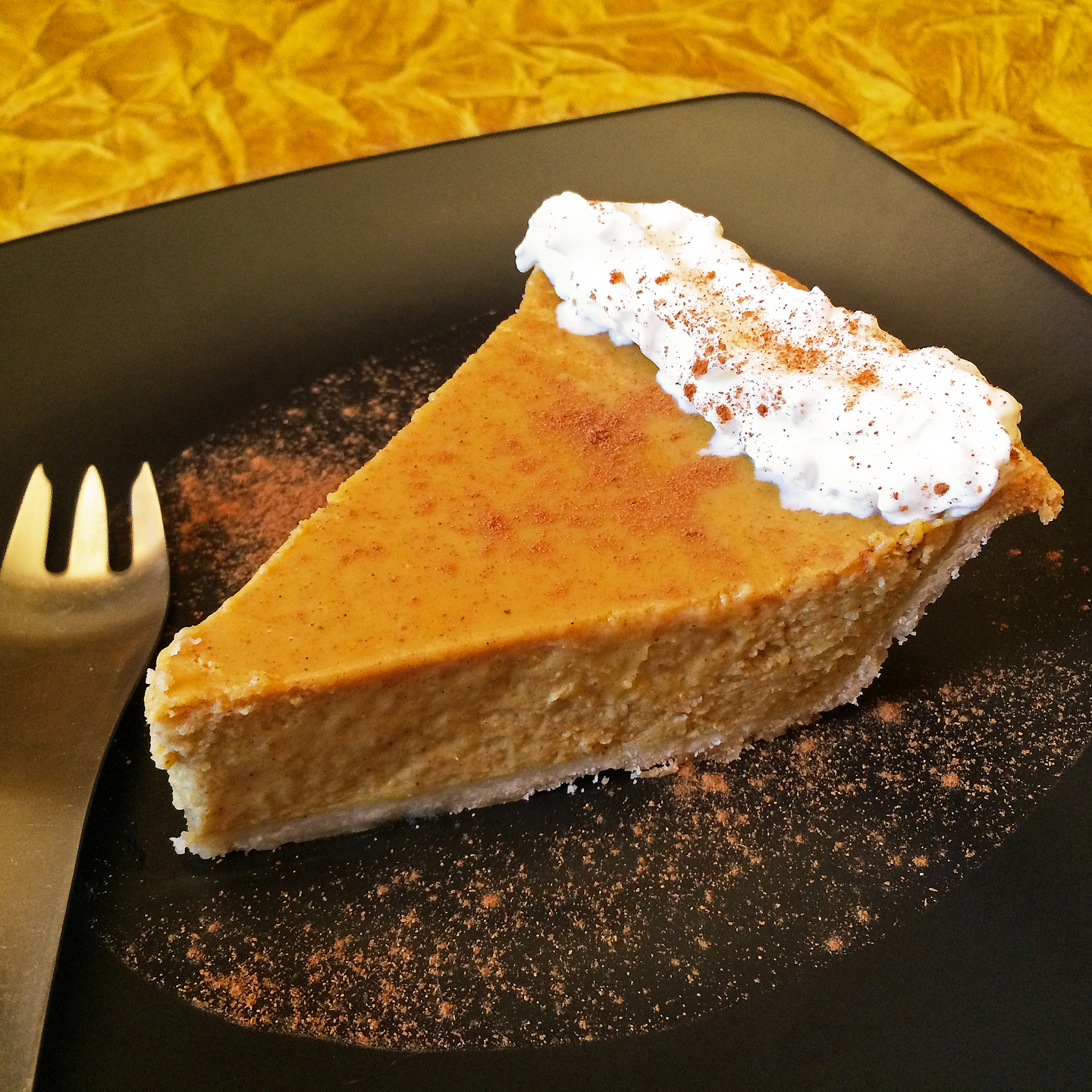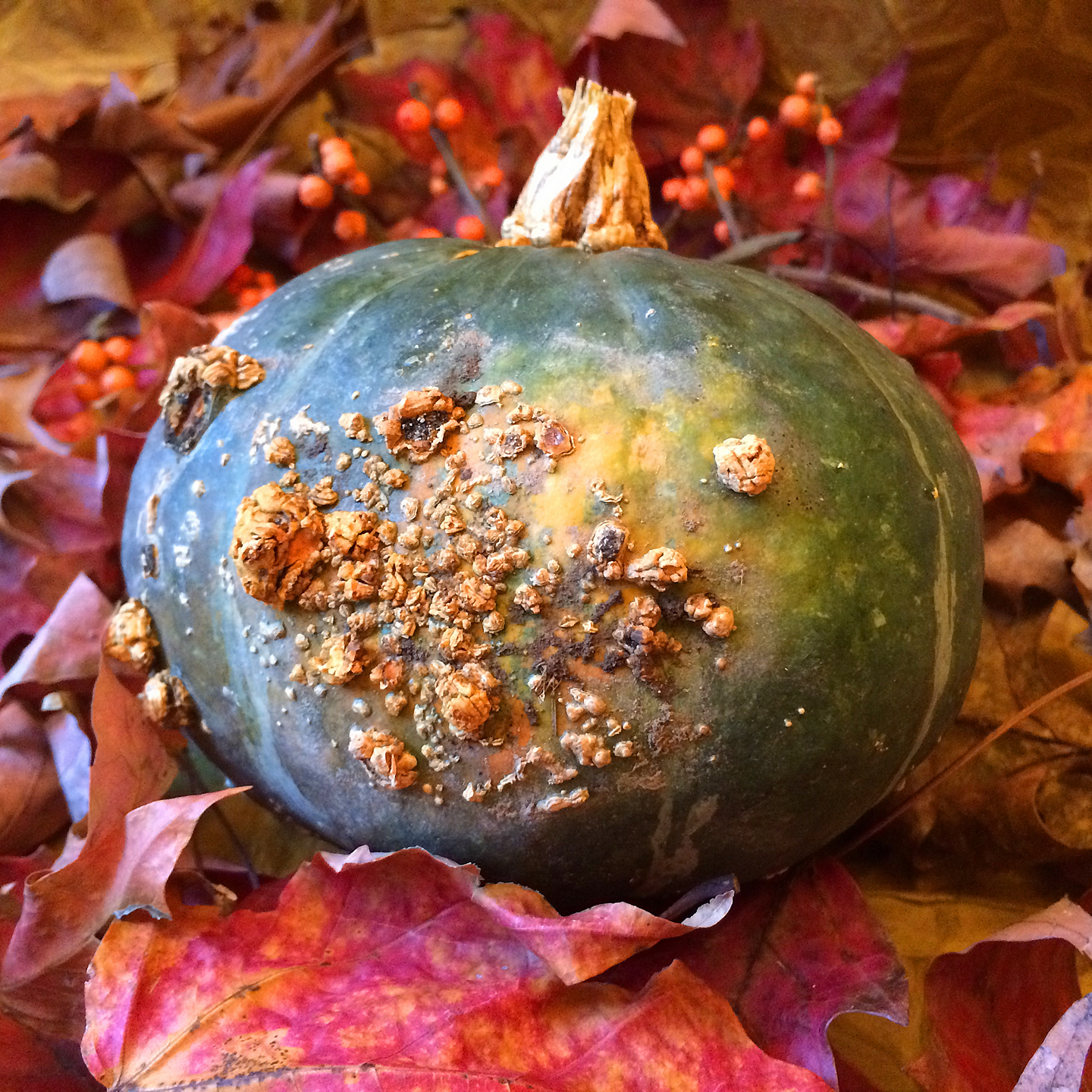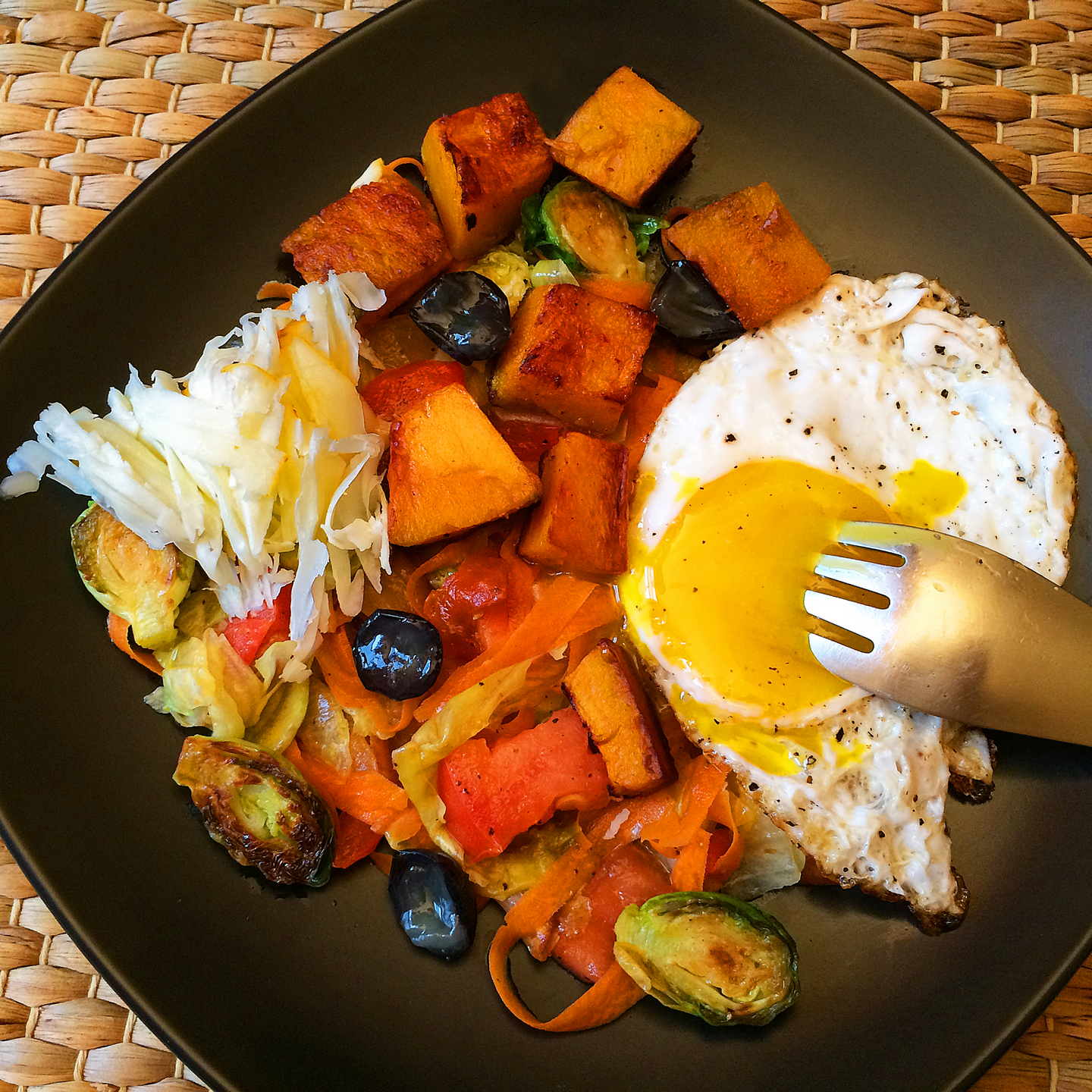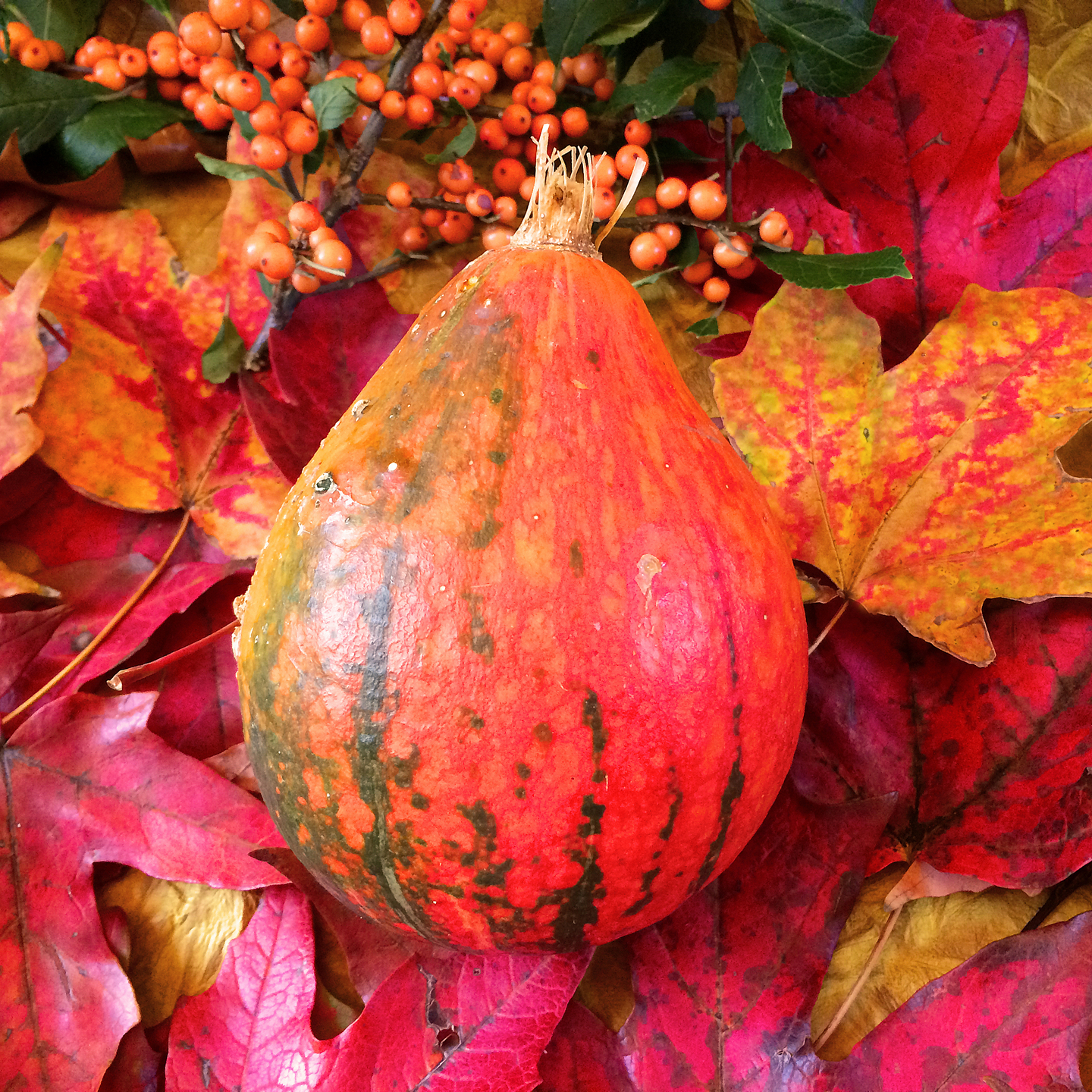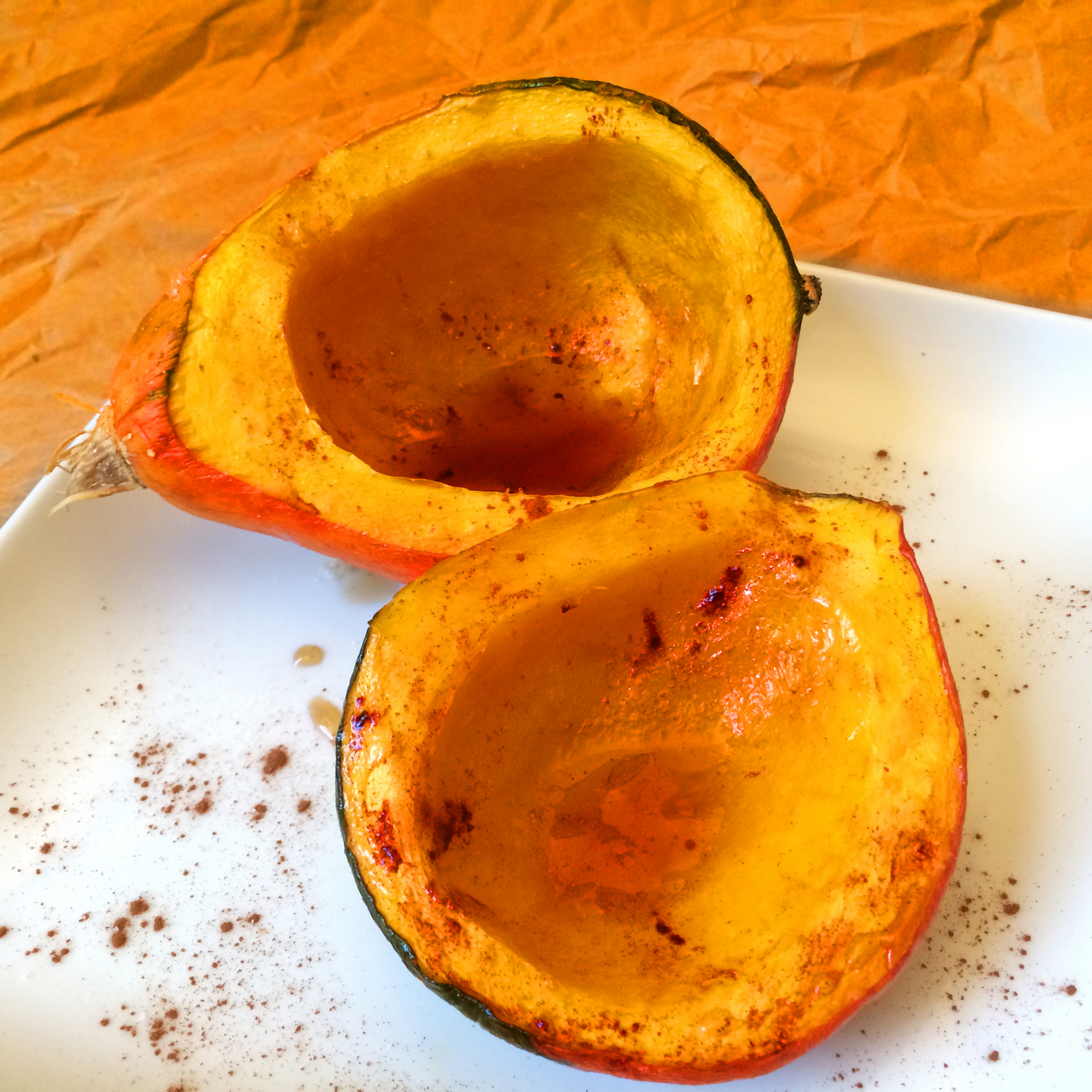👨🍳 Cooking in the Time of COVID 👨🍳
(Click on any image to view it in high resolution.)
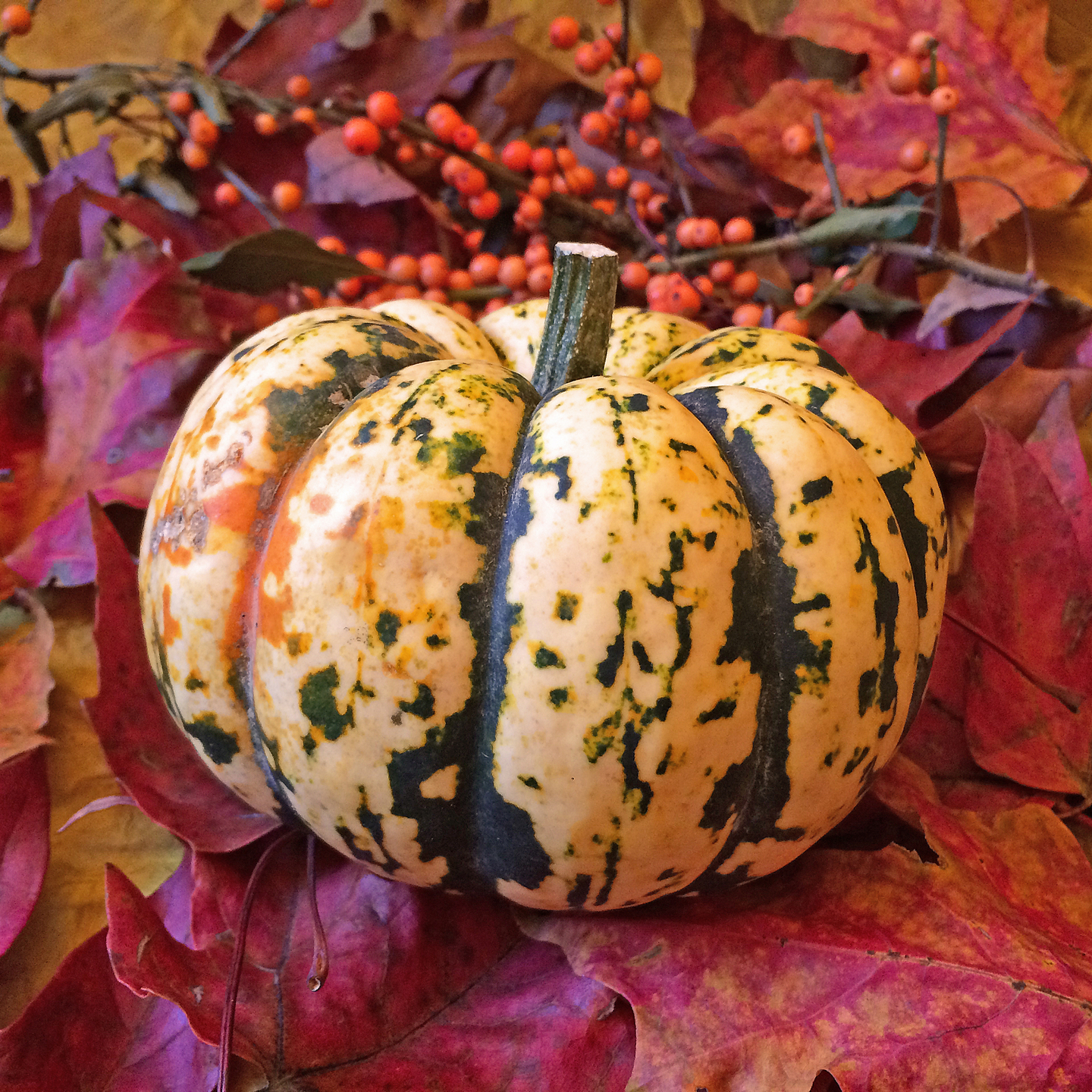
We talked about sweet dumpling squash in the carnival squash post. This miniature charmer was sweeter than carnival squash (contrary to my expectations based on admittedly limited research) and almost a little nutty with a tender texture and thin skin, so I decided that it would make a perfectly irresistible example of stuffed squash, complete with edible serving bowl.

Turned out to be rather photogenic as well. I cut off the top, cleaned it out, and roasted it flesh side down until it was soft; then I filled it with a mixture of sweet cranberries, chewy wild rice, crunchy toasted cornbread croutons, sautéed apple cubes and pecans. Looks good enough to eat, right? I might even consider adding this to my already overstuffed Thanksgiving menu.
Next (and last) up, golden papaya squash.
(For those who are just joining us, the saga begins here.)
Stay safe, be well, and eat whatever it takes. ❤️

